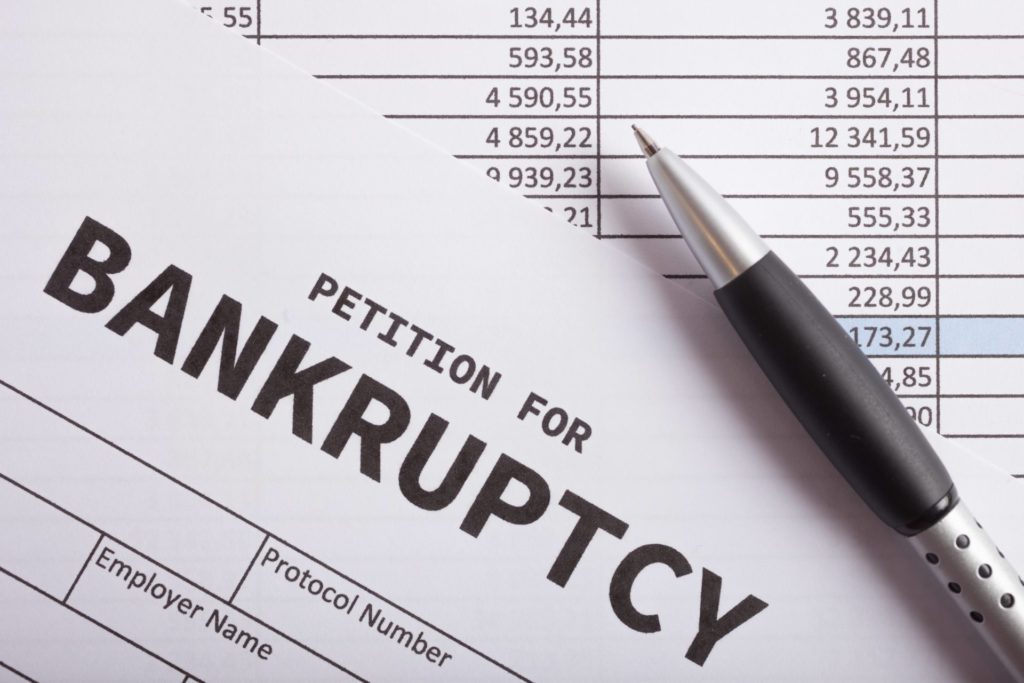One of the biggest decisions any consumer makes when planning bankruptcy is which chapter to file. Chapter 7 is fast and simple, but it liquidates your assets. Chapter 13 lasts for years but protects assets like your home or cars. It’s easy to see why choosing the right path matters so much.
What if you could choose the best of both options instead of limiting yourself to just one? In fact, this may be possible through the use of what’s known as chapter 20 bankruptcy. What is this bankruptcy method? How could it help you? Here’s what you need to know.
What Is Chapter 20 Bankruptcy?
There is no official bankruptcy chapter 20. It consists of two filings: chapter 7 and chapter 13. The consumer first files chapter 7, liquidates applicable assets, and receives discharge for unsecured debts. Then, they file chapter 13 after the first case is completed. Chapter 13 allows the consumer to craft a repayment plan for remaining debts over three or five years.
Why File Bankruptcy Twice?
Chapter 20 is more complicated than either single filing. So, why do it? In general, there are three scenarios when it provides the biggest benefit. The first is when your total debts exceed the limit to qualify for chapter 13 (currently $2,750,000). Perhaps you have a large mortgage or significant student loans along with standard consumer debts. You may wipe out unsecured debts in chapter 7, bringing remaining debt under the chapter 13 limit.
Another common reason to choose chapter 20 is to free up cash that allows you to save a secured asset. Many Americans have both a mortgage, for instance, and unsecured credit card debts. If you file chapter 7 and receive discharge of the credit card debt, you no longer have that payment each month. You may then apply that extra money toward a large mortgage which allows you to reaffirm it and keep the house.
Are you behind on any secured debts, such as a mortgage or car loans? Chapter 7 has no provision to get caught up on arrears and keep the asset. However, you can do this in chapter 13 by adding catch-up payments as another debt each month. You’ll have up to five years to pay them off. But you probably can’t pay the full arrears without first clearing some other debt through chapter 7.
Finally, there is what’s known as lien stripping or cramming down second mortgages. This is, again, a provision of chapter 13 only. You can receive discharge of second or third mortgages and the liens associated with them through chapter 13. Some homeowners clear debt through chapter 7 but use chapter 13 primarily for the lien stripping option.
What are the Downsides of Chapter 20?
Chapter 20 bankruptcies aren’t for everyone, of course. They will cost more. You must file two cases and chapter 13 bankruptcy is often more expensive simply due to its long process. That long process can also be a problem. Chapter 7 cases can often be completed in less than a year, but you’ll spend an additional three to five years dealing with the added chapter 13 case.
Be aware, too, that bankruptcy law is aware of this strategy. If you file chapter 13 shortly after filing chapter 7, you may not receive any debt discharge in the second case. However, you still get the other benefits.
Is Chapter 20 Right for You?
Do you think that chapter 20 could help you get rid of debt, save your home, free up your budget, or protect your finances? Find out if it’s right for your case by meeting with North Metro Litigators. We’ll work with you to find the best path forward to a secure financial future. Call today to make an appointment.


